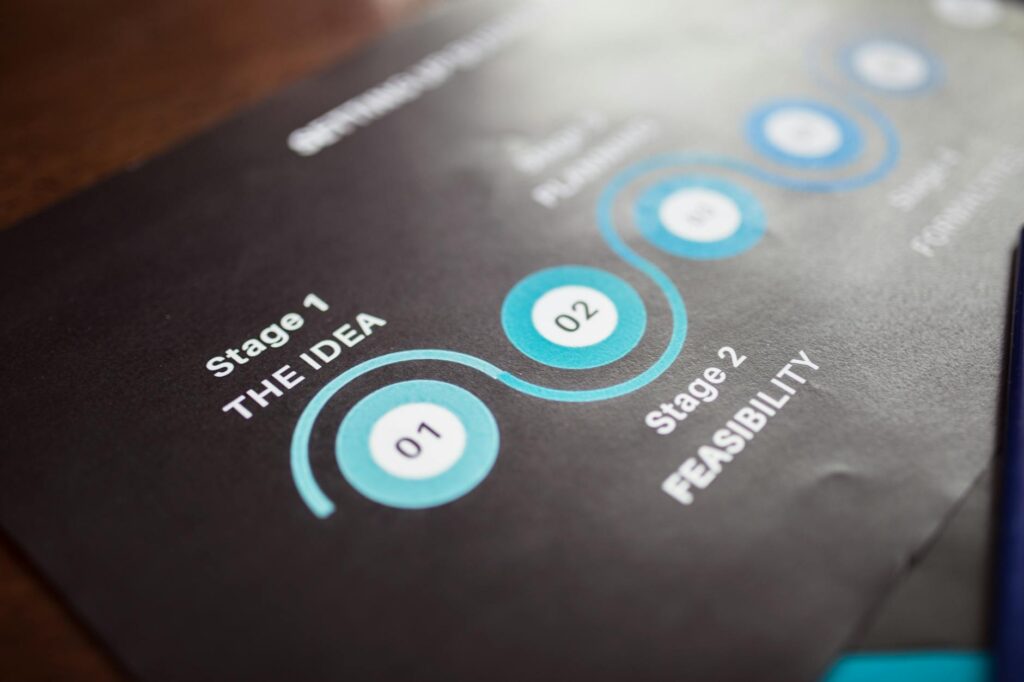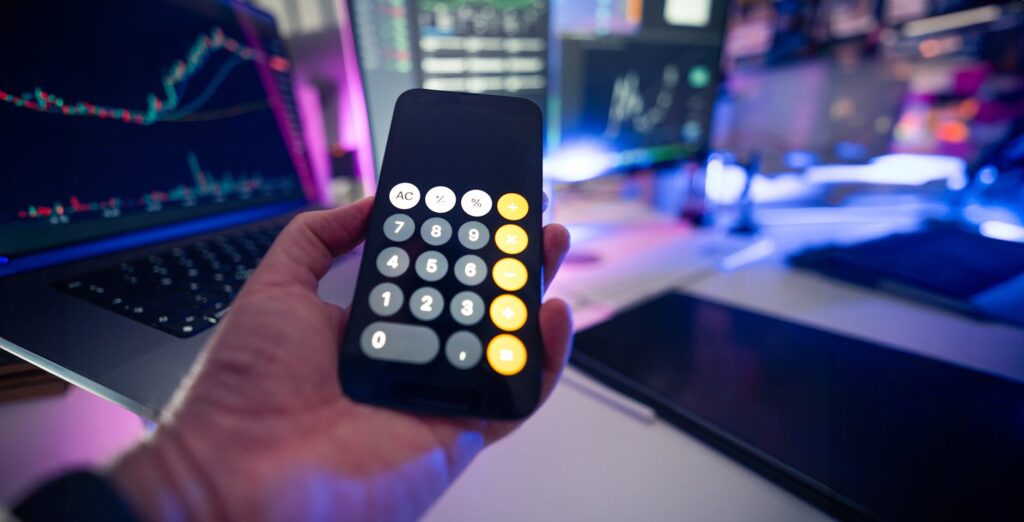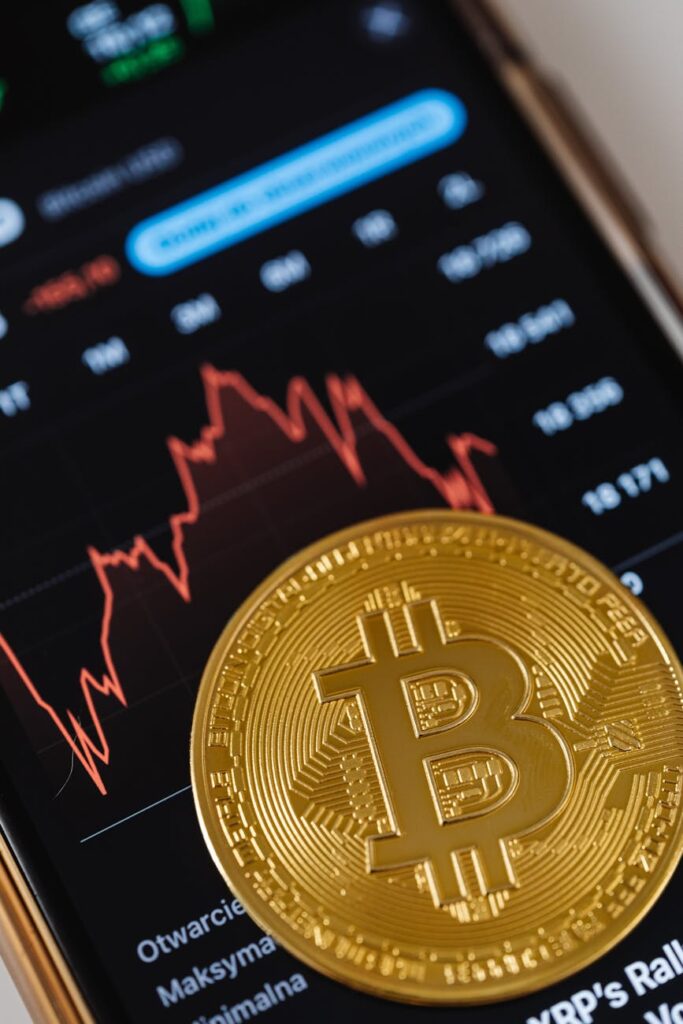The Unseen Engine of Crypto Markets
Ever stared at a crypto trading screen and felt like you were trying to read a foreign language? All those flashing green and red numbers, the constantly shifting bars… it can be overwhelming. But what if I told you there’s a story being told in that chaos? A story of supply, demand, and market sentiment. This is the world of order book dynamics, and learning to read it is like gaining a superpower in your trading journey. It’s the raw, unfiltered pulse of the market, showing you exactly where other traders are placing their bets, in real-time.
Forget lagging indicators for a moment. The order book isn’t predicting the future based on the past; it’s showing you the present. It’s a transparent ledger of all the buy and sell orders for a specific cryptocurrency on an exchange. Understanding this data, and the market depth it reveals, can transform you from a reactive trader into a proactive one. You’ll stop just guessing and start making decisions based on tangible evidence of supply and demand. It’s a game-changer. Seriously.
Key Takeaways
- An order book is a real-time list of all open buy (bids) and sell (asks) orders for a specific asset, organized by price level.
- Market depth refers to the visualization of this data, showing the volume of orders at each price point, often as a chart.
- Analyzing order book dynamics helps traders identify potential support and resistance levels, gauge market liquidity, and spot potential price movements.
- Large clusters of orders, known as buy walls and sell walls, can indicate strong psychological price levels but can also be used to manipulate the market (spoofing).
- While powerful, the order book doesn’t show everything. Hidden orders (icebergs) and dark pool trades are not visible.
So, What Exactly Is an Order Book?
Let’s break it down. At its core, an order book is simple. Think of it as a double-sided list for an auction. On one side, you have everyone who wants to buy an asset (let’s say Bitcoin) and the highest price they’re willing to pay. On the other side, you have everyone who wants to sell it and the lowest price they’re willing to accept. The exchange’s job is to match these buyers and sellers. When a buyer’s price meets a seller’s price, a trade happens. Boom. Simple as that.
This list is live and constantly updating with every new order, cancellation, and completed trade. It’s the fundamental mechanism that facilitates trading on any exchange, from the New York Stock Exchange to your favorite crypto platform.

The Two Sides of the Coin: Bids and Asks
The order book is split right down the middle into two critical sections:
- The Bid Side (Buyers): This is the green side. It lists all the open buy orders, known as ‘bids’. The order at the very top is the ‘highest bid’ – the highest price someone is currently willing to pay for the asset. These are people shouting, “I want to buy!”
- The Ask Side (Sellers): This is the red side. It lists all the open sell orders, known as ‘asks’ or ‘offers’. The order at the very top (bottom of the red list, closest to the middle) is the ‘lowest ask’ – the lowest price someone is willing to sell the asset for. These are people yelling, “I want to sell!”
The difference between the highest bid and the lowest ask is called the bid-ask spread. A tight (small) spread generally indicates high liquidity and a healthy market, meaning it’s easy to buy and sell without the price moving too much. A wide spread suggests the opposite – lower liquidity and potentially higher volatility.
Key Components Explained
When you look at an order book, you’ll typically see three columns for both the bid and ask sides:
- Price: This is straightforward. It’s the price per unit of the crypto that traders are willing to buy or sell at.
- Amount/Quantity: This shows how many units of the crypto are up for grabs at that specific price level. For example, it might show 0.5 BTC.
- Total/Sum: This column often shows the cumulative amount of the asset available at that price level and all levels above/below it. It helps you quickly see the total size of buy or sell pressure building up.
From Order Book to Market Depth: Getting the Full Picture
If the order book is the raw data, market depth is the beautiful, intuitive visualization of that data. It takes all those numbers from the order book and plots them on a chart, giving you an immediate visual sense of supply and demand. You’re no longer just reading a list; you’re seeing the shape of the market.
The market depth chart typically shows the cumulative bids in green on one side and the cumulative asks in red on the other, creating a shape that looks a bit like two staircases meeting in the middle. The height of the ‘steps’ tells you how much volume is sitting at each price level.

Visualizing Support and Resistance
This is where market depth becomes incredibly powerful. When you see a huge, tall green step on the bid side, what does that tell you? It shows a massive number of buy orders concentrated at a specific price. This is what traders call a buy wall, and it often acts as a short-term support level. Why? Because for the price to drop below that level, all of those buy orders have to be filled first. It’s a wall of demand.
Conversely, a giant red step on the ask side represents a sell wall—a huge concentration of sell orders. This acts as a resistance level. The price will struggle to push past it because of the immense selling pressure. Seeing these walls on the depth chart gives you a real-time map of the battlefield.
The Depth Chart: A Trader’s X-Ray Vision
Staring at a plain price chart is like looking at a person’s silhouette. You see the outline, the general shape of where they’ve been. But looking at the market depth chart is like having X-ray vision. You see the internal structure—the bones, the muscle, the intent. You can see *where* the market is likely to struggle and where it might find support, long before the price actually gets there. It’s a leading indicator, not a lagging one.
Reading the Tea Leaves: How to Analyze Order Book Dynamics
Okay, so you understand the components. Now for the fun part: using them to make better decisions. True mastery comes from observing the order book dynamics—the flow and interaction of orders. It’s less about a static snapshot and more about watching the movie unfold.
Spotting Buy Walls and Sell Walls
As we mentioned, these are your most obvious clues. A massive buy wall appearing suddenly below the current price might suggest that someone (or a group) is trying to prevent the price from dropping further. It can give you confidence in a long position or signal a good entry point. A huge sell wall appearing above can signal an upcoming struggle for the price to increase, perhaps a good place to take profit.
Pro Tip: Don’t take walls at face value. While they often represent genuine support or resistance, they can also be a form of market manipulation. Always use them in conjunction with other analysis.
Understanding Spoofing and Wash Trading
This is the dark side of order books. Spoofing is when a trader places a very large order with no intention of letting it execute. For example, they might place a huge buy wall to create a false sense of security and drive the price up. Other traders see the wall, buy in, and as the price rises towards the spoofer’s *actual* sell orders, the spoofer suddenly cancels the giant buy wall. The fake support vanishes, often causing a price drop, and the manipulator profits. It’s illegal, but it happens. The key is to watch if these large walls appear and disappear quickly without being traded against. That’s a huge red flag.
Gauging Liquidity and Slippage
The order book is your best tool for understanding an asset’s liquidity. A ‘thick’ order book, with lots of orders and tight spreads, means high liquidity. You can place a large market order and not worry too much about the price you get. A ‘thin’ order book, with large gaps between price levels and low volume, signals low liquidity. In this case, placing a large market order can cause significant slippage—where your order gets filled at a much worse price than you expected because it had to eat through multiple price levels to find enough sellers (or buyers).
Practical Strategies Using Order Book Data
Theory is great, but how does this make you money? Let’s get practical.
Scalping with the Order Book
Scalpers, who make many small, quick trades, live and die by the order book. They watch the flow of orders intently. They might see a small sell wall being eaten away by buyers and jump in for a quick long, aiming to sell just a few cents higher. They look for tiny, immediate imbalances in supply and demand that they can exploit for a small profit, repeated over and over.
Identifying Better Entry and Exit Points
Let’s say your technical analysis on a chart suggests a good entry point is around $50. You then look at the order book and see a massive buy wall at $49.80. This gives you extra confirmation. You could place your limit buy order just above that wall, at $49.85, using the wall as a protective barrier. Similarly, if you’re looking to sell, placing your sell order just below a large sell wall can increase the chances of it getting filled before the price hits that major resistance.
Confirming Chart Patterns
Chart patterns like head and shoulders or triangles are based on historical price action. The order book can help you confirm if they’re likely to play out. If a bullish pattern is forming and you simultaneously see sell walls getting thinner and buy walls getting stronger, it adds a powerful layer of confirmation to your trade idea. If you see the opposite, it might be a warning that the pattern is about to fail.

The Limitations: What the Order Book *Doesn’t* Tell You
While the order book is an incredible tool, it’s not a crystal ball. It’s crucial to understand its limitations. The story it tells is not always the complete story.
The Iceberg Order Problem
Whales (traders with huge capital) don’t want to reveal their full hand. If they placed a massive 1,000 BTC buy order on the book, it would instantly spook the market. So they use ‘iceberg orders’. With these, only a small fraction of the total order is visible on the order book at any one time (the tip of the iceberg). As that small portion gets filled, another small portion is automatically placed on the book. You might think you’re chipping away at a small buy order, but underneath the surface is a colossal wall of demand. Watching for a price level that seems to constantly ‘refill’ on the order book is a clue that an iceberg order might be at play.
The Rise of Dark Pools
Not all trades happen on the public exchange order book. Large institutional trades are often executed in ‘dark pools’. These are private exchanges where institutions can trade massive blocks of crypto without impacting the public market price. These volumes are completely invisible on the order book you’re watching. It’s a reminder that there are always forces at play that you cannot see directly.
Conclusion
Mastering order book dynamics is a journey, not a destination. It’s about moving beyond simple price charts and understanding the very mechanics of market transactions. It’s about learning to read the collective psychology of traders, laid bare in a list of bids and asks. By watching the flow, identifying key levels of support and resistance on the depth chart, and being wary of its limitations, you add an indispensable tool to your trading arsenal. Don’t just watch the price; watch the *intent* behind the price. That’s where the real alpha is found.
FAQ
What is the difference between a market order and a limit order?
A limit order is an order you place on the order book at a specific price (e.g., “Buy 1 ETH at $3,000”). It will only execute if the market price reaches your specified price. A market order is an instruction to buy or sell immediately at the best available current price. It takes liquidity from the order book and will execute instantly, but you risk slippage in illiquid markets.
How do I know if a buy or sell wall is real or fake (spoofing)?
There’s no foolproof way, but there are clues. A real wall will typically see some trading activity against it as the price approaches. A spoof order is often placed far from the current price to influence traders and then cancelled before the price ever reaches it. If you see a massive wall appear and then vanish without being touched, it was likely a spoof.
Can I trade using only the order book?
While some high-frequency traders and scalpers rely heavily on order book data, most traders find the most success by combining order book analysis with other forms of analysis, such as technical analysis (chart patterns, indicators) and fundamental analysis. The order book provides excellent short-term context and confirmation for broader trading strategies.


